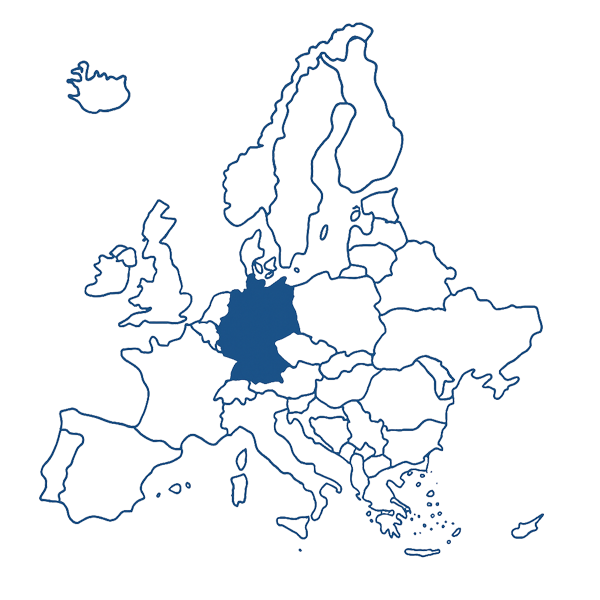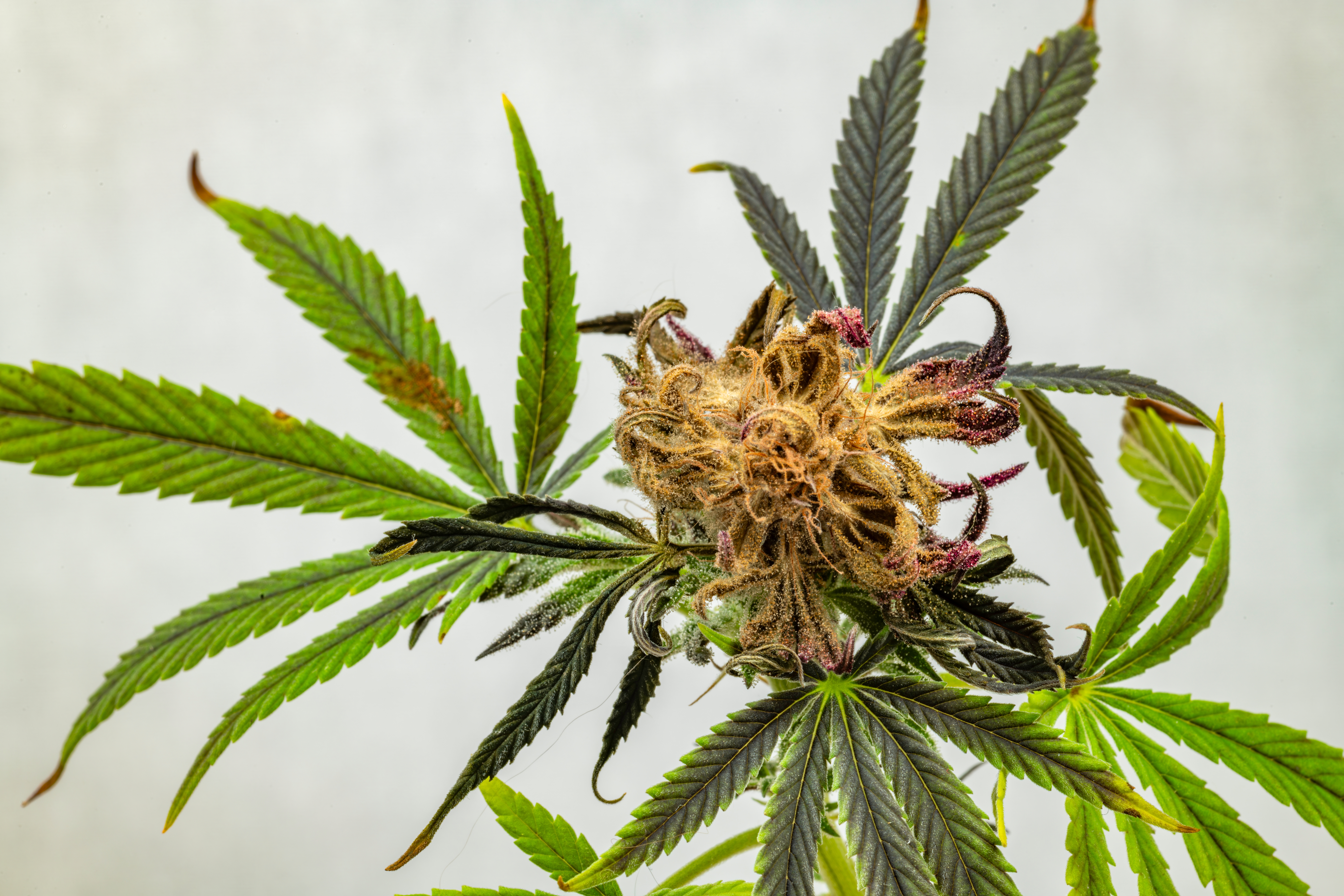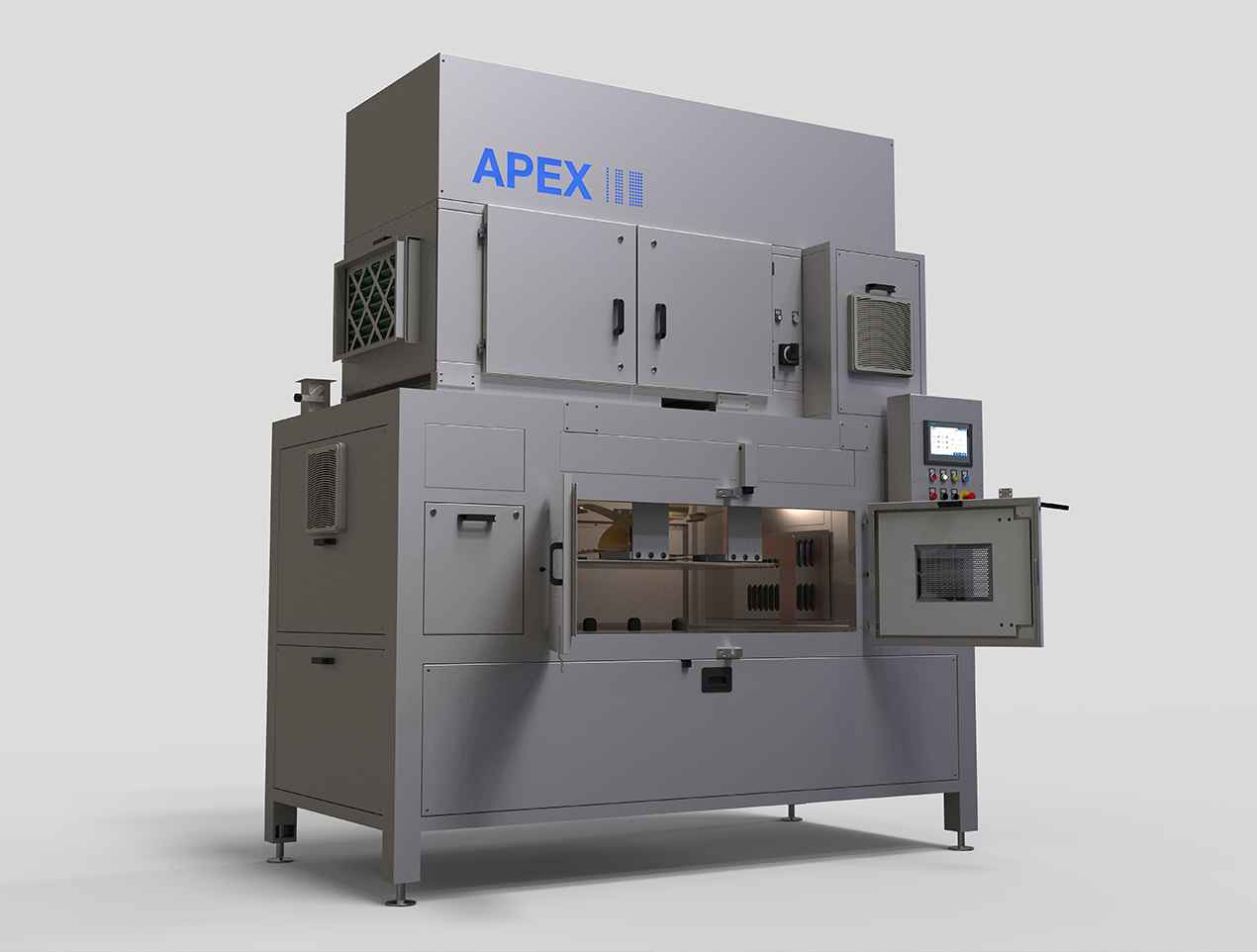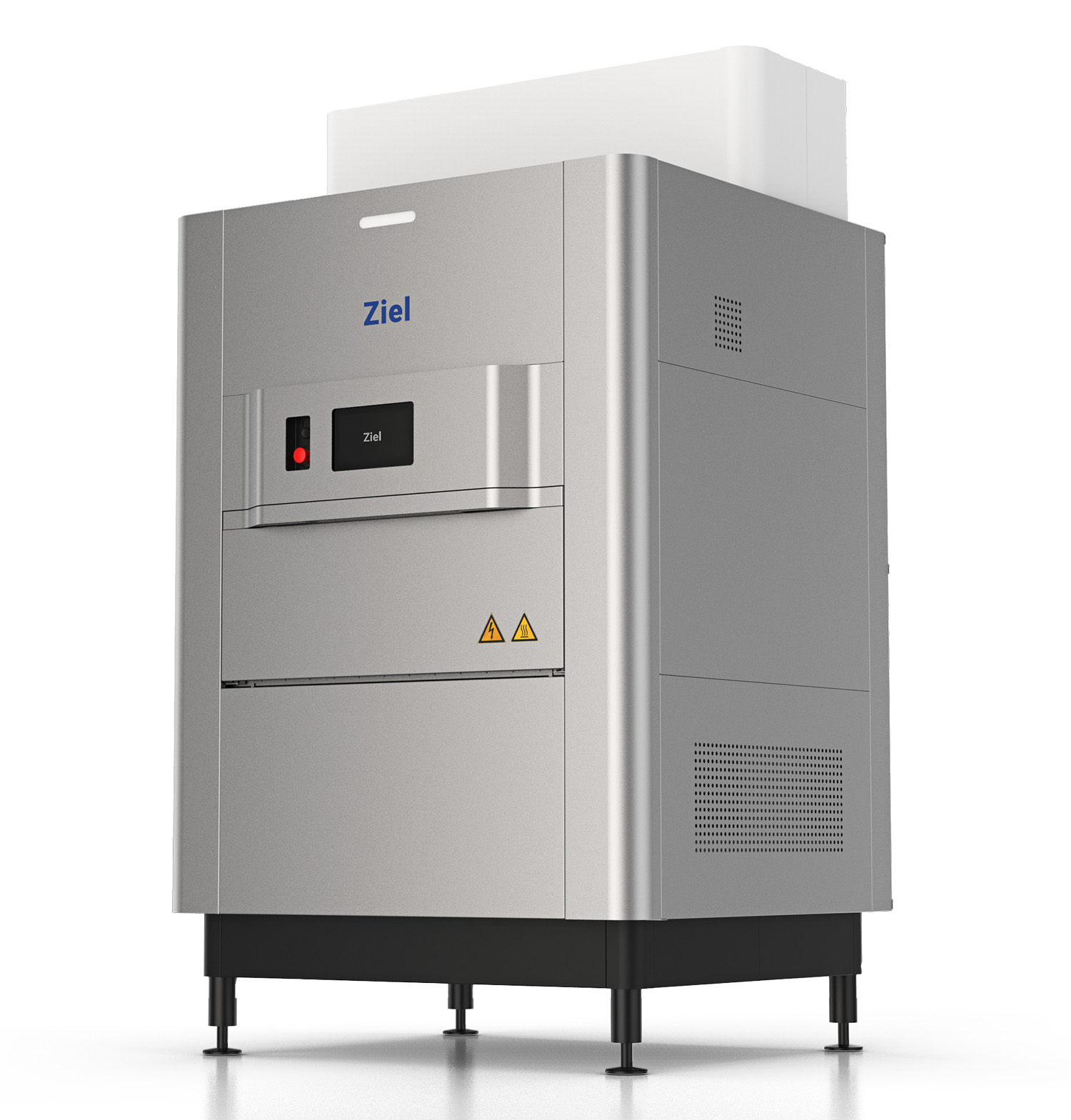Cryo-Pasteurization vs. Radio Frequency:
The Best Choice for Cannabis
Remediation in Europe
Several countries in Europe have taken the first steps toward cannabis legalization, with Germany leading the charge. Germany is approaching the industry not as an agricultural one, but as a pharmaceutical one. Their pharmaceutical standards are the strictest in the world.
To produce cannabis in or export cannabis to Germany, your facility must be EU-GMP certified. This pharmaceutical protocol reviews the Standard Operating Procedures (SOPs) followed to produce a product, ensuring the process is repeatable and therefore the outcome is consistent. Part of that process must include a mold and pathogen kill-step, also referred to as cannabis remediation or cannabis decontamination.
Several decontamination technologies are emerging in the European market. Two, in particular, are gaining traction as neither uses ionizing radiation nor changes the molecular structure of the plant. Those options are cryo-pasteurization and Radio Frequency.

Understanding Non-Ionizing Cannabis Remediation Techniques
There are many benefits to using non-ionizing cannabis remediation, but a major one for producers looking to export to the EU is being able to avoid the costs of an AMRadV license. If your product is going to be sold in Germany and has been treated with ionizing radiation, like X-ray, gamma, or e-beam, you have to pay for an AMRadV license for each strain you plan to sell.
Neither cryo-pasteurization nor Radio Frequency requires an AMRad V license because they are non-ionizing, meaning they don’t change the molecular structure of the plant when decontaminating it. Instead, the two non-ionizing options operate on opposite ends of the temperature spectrum to achieve clean cannabis.

What is Cryo-Pasteurization?
How It Works and Its Limitations
Cryo-pasteurization for cannabis starts by loading the plant inside a pasteurization machine, which can generally hold around five pounds of flower per cycle. Inside the machine, liquid nitrogen is boiled at -320°F to create a cryogenic vapor. This vapor fills around 95% of the chamber, creating an incredibly low-oxygen atmosphere. With near-zero oxygen, harmful pathogens like Aspergillus, E. coli, and Salmonella die.
The flower is then rapidly cooled with liquid nitrogen to prevent oxidation before airborne contaminants are removed using a filtration system. [1]
Limitations of Cryo-Pasteurization for Cannabis
Although it can be effective, cryo-pasteurization for cannabis has a few drawbacks.
Some mold spores can survive extremely cold temperatures, remaining dormant until a more suitable environment becomes available. While cryo-pasteurization can effectively address active, or living, microbial contaminants (like yeast, mold, and bacteria), dormant mold spores may not be completely eliminated and can still become active after the cryo-pasteurization process.
To address this issue, special low-oxygen packaging is recommended for those who use cryo-pasteurization for cannabis to help keep mold spores at bay. This can limit a brand’s packaging and branding options, which can, in turn, impact sales. In a saturated market like cannabis, brands must prioritize eye-catching packaging to stand out amongst the dozens to hundreds of other brands on display next to them. This may not always be achievable if the package has to be specifically tailored to support the cryo-pasteurization process
What is Radio Frequency (RF) Technology in Cannabis Remediation?
Radio Frequency is more widely used in Europe for cannabis remediation than cryo-pasteurization and has already been approved in EU-GMP facilities. This technology has been used for decades in other agricultural industries, including nuts, dates, and seeds.
RF uses long, low-energy wavelengths to penetrate the flower all the way through to its core. These wavelengths cause the water molecules on and inside the bud to vibrate in unison with them, creating a small amount of friction and heat that’s enough to kill both active mold, yeast, and pathogens, as well as dormant mold spores. The heat levels are low enough that the plant’s chemical compounds are not impacted.
RF has been approved for use in organic operations because it doesn’t use any chemicals or ionizing radiation.


Why Radio Frequency is the Future of Cannabis Remediation in Europe
Many cannabis operators in the EU, and those exporting to the EU, are already using Radio Frequency to decontaminate their products. It’s cost-effective because it doesn’t require any additional equipment other than the RF machine itself, and it’s incredibly energy efficient. Producers who use the Ziel RFX or APEX 7 spend only 16 cents per pound (of flower) on electricity.
RF vs. Cryo-Pasteurization: Operational Efficiency
Incorporating RF into your operation is a simple process. It requires only one machine that can easily be added to an existing setup without needing any facility modifications. Once it’s running, it doesn’t need any downtime and can actively decontaminate cannabis 24/7.
Cryo-pasteurization, on the other hand, has a few more variables. At the moment, it is not something that can be permanently incorporated into an operation. Instead, it is a mobile machine that is brought on-site when remediation is needed. This hassle subjects users to inconveniences like conflicting schedules, vehicle breakdowns, and traffic.
Using cryo-pasteurization to decontaminate your cannabis also reduces product packaging options since dormant mold spores are not eliminated and therefore need to be addressed with low-oxygen packaging. With RF, the end product can be packaged however the producer sees fit because active and dormant pathogens alike are killed.
Conclusion: Why European Cannabis Producers Should Choose Radio Frequency for Remediation
Both cryo-pasteurization and Radio Frequency offer cannabis producers a non-ionizing option for remediation, but only one effectively kills active and dormant pathogens.
RF cannabis decontamination is the top choice for businesses looking to leverage the global cannabis market. It’s cost-effective, can easily and quickly be incorporated into a new or existing operation, and cleans cannabis at a level that cryo-pasteurization inherently cannot achieve.
Want to see how Radio Frequency can revolutionize your cannabis remediation?
